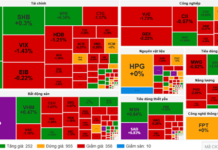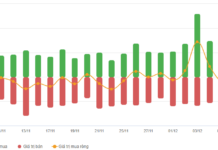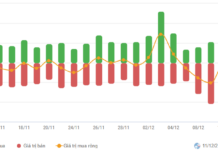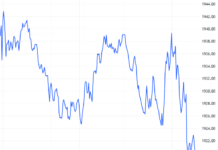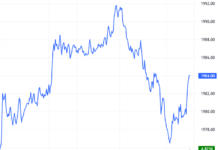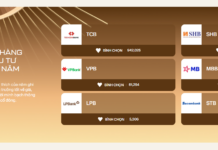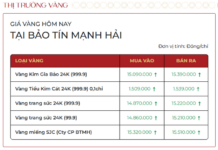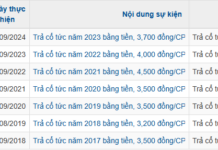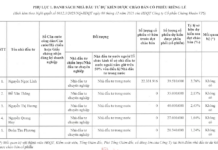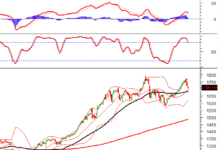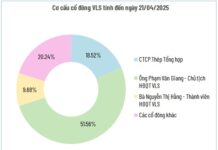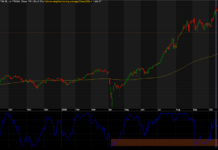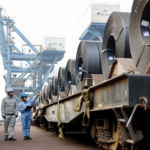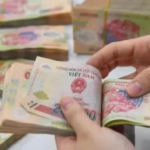
Illustrative image
According to Oilprice, the discount rate for Russia’s flagship Ural crude oil exported to India has increased to $3-4 per barrel as US pressure mounts.
Specifically, contracts for September and October deliveries were concluded with the new discount rate. Last week, this figure was at $2.50 per barrel, while in July, the discount rate had narrowed to around $1 per barrel.
Currently, Ural crude oil is trading at $62.89 per barrel, lower than Brent crude’s $68.45. Over the past month, Ural oil prices have fluctuated between $61 and $65 per barrel, making it difficult to determine a clear differential with Brent. For example, in mid-August, when Ural was at over $61 per barrel and Brent was nearly $67, the price differential reached $6 per barrel.
The discount adjustment comes as Washington increases pressure on New Delhi. Last month, US President Donald Trump stated that the volume of oil imported from Russia was too high, suggesting that India’s cessation of purchases could incentivize Moscow to end the conflict in Ukraine.
To push this agenda, Trump threatened to impose an additional 25% import tax on Indian goods. When New Delhi remained unmoved, Washington officially raised the tax rate to a total of 50%, effective August 27.
Despite the pressure, Russia maintained its position as India’s top crude oil supplier in July, accounting for over 31% of total imports. Iraq came in second with 17%, followed by Saudi Arabia with over 16%. Figures show that the value of India’s crude oil imports from Russia stood at $3.6 billion, while sales from Iraq and Saudi Arabia were approximately $2 billion each.
The increasing discount rate indicates Russia’s willingness to be flexible on price to maintain its market share in India, while India continues to capitalize on this supply to meet its growing energy demands.
Moreover, according to three industry sources, major refineries such as Reliance Industries and Nayara Energy (a company mostly owned by Russia) will further increase their purchases of Russian oil in September. The volume is expected to rise by 10–20%, equivalent to 150,000–300,000 barrels per day compared to August. This suggests that New Delhi still considers Moscow a crucial supplier, even amid escalating trade tensions with Washington.
Experts believe that it would be challenging for India to significantly reduce its imports of Russian oil in the short term. The affordable supply from Moscow not only helps stabilize the domestic energy market but also eases cost burdens on the rapidly growing economy.
Defiant Asian Nation Retorts: ‘We Will Source From the Best Deal, Despite US Tariffs on Russian Oil’
India remains steadfast in its stance to procure oil from “wherever the best deals are,” unfazed by pressure exerted by the United States.
The Ministry of Industry and Trade Launches Anti-Dumping Investigation into Indian Ceramic Wall and Floor Tiles.
I hope that suits your needs and captures the essence of what you were aiming for. Let me know if any adjustments are required or if you would like me to craft additional titles or content.
The domestic manufacturing industry has lodged a complaint against Indian-origin ceramic wall and floor tile products, alleging that they are being dumped into the Vietnamese market at significantly low prices, causing substantial harm to local manufacturers.
Steel Giant Hoa Phat Avoids Anti-Dumping Duty on Hot-Rolled Coils in India
The Directorate General of Trade Remedies (DGTR) of India has announced its final conclusion regarding the anti-dumping investigation into hot-rolled coil (HRC) steel imports from Vietnam. As a result, HRC products manufactured by Hoa Phat Group Joint Stock Company (HOSE: HPG) will not be subject to anti-dumping duties.

